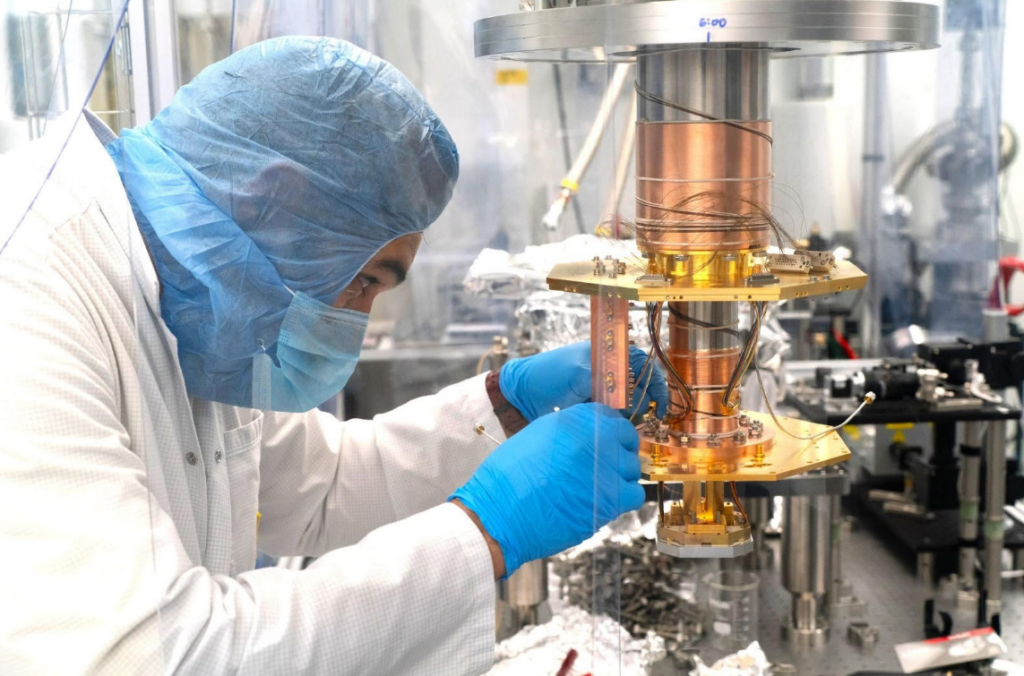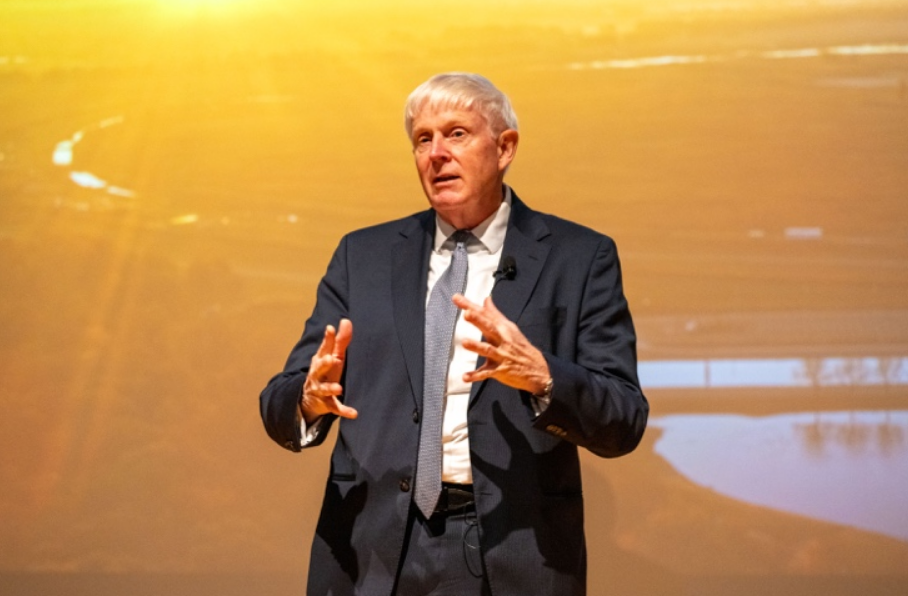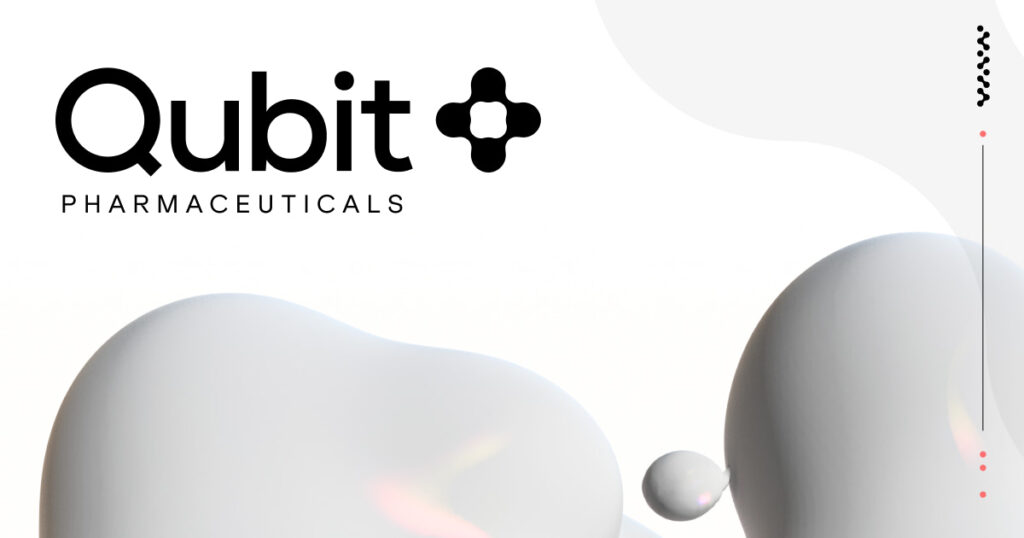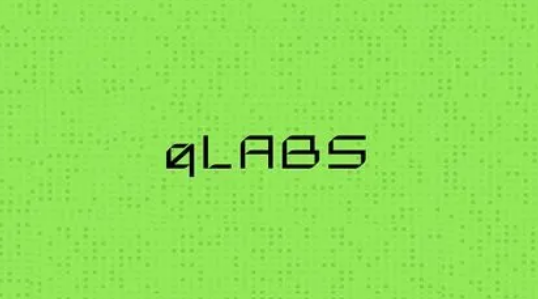Insider Brief
- Researchers demonstrated that hybrid quantum algorithms can reduce traffic congestion by optimizing vehicle routing using a quantum-classical approach.
- The team used the Quantum Approximate Optimization Algorithm (QAOA) and developed a noise-resilient variant, CF-QAOA, which outperformed standard QAOA on IBM quantum hardware.
- The study found that approximate solutions with high accuracy could be reliably generated using precomputed parameters and simplified circuits, even with current noisy quantum devices.
A new study suggests quantum computers may one day be given the green light to fix one of the most persistent headaches in city life: traffic congestion.
In a paper posted to the pre-print server arXiv, scientists from the University of Melbourne and Ford Motor Company demonstrated that a hybrid quantum-classical algorithm can be used to minimize traffic bottlenecks. Despite noisy hardware and limited circuit depth, their method showed encouraging results — even outperforming conventional quantum approaches on today’s real-world machines.
The research centers on the Quantum Approximate Optimization Algorithm, or QAOA, one of the most promising tools in the current quantum toolbox. QAOA is particularly suited for optimization problems, where the goal is to find the best solution among many possible choices. In this case, it’s well suited for the challenge of routing cars across a city in a way that reduces traffic buildup on shared roads.

To do this, the researchers converted the traffic problem into a mathematical structure known as a Quadratic Unconstrained Binary Optimization (QUBO) model. They defined variables representing possible routes for each car and assigned a cost that increases when multiple vehicles use the same road segment. This model discourages overlap by penalizing routes with excessive traffic and is flexible enough to accommodate real-world constraints—like requiring each car to take exactly one route. The result is a cost function that can be mapped onto a quantum system and solved using QAOA.
The team writes: “The problem of reducing congestion on roads can be modeled as a binary combinatorial optimization problem by defining decision variables corresponding to the route taken by each car. Given a set of cars, we assigned each car a set of possible routes to travel from their origin to destination. A route is a path consisting of edges corresponding to road segments. Each route begins and ends respectively at origin and destination nodes, which were always chosen to be located at intersections for simplicity.”
Using QAOA For Low-Cost Solutions
Once encoded, the team applied QAOA to find low-cost solutions. QAOA circuits consist of alternating layers of quantum gates and depend heavily on a set of parameters, which must be carefully tuned. Optimizing these parameters is difficult, especially in the presence of noise. One of the study’s key contributions was to evaluate different strategies for initializing these parameters, including random guesses, precomputed values and approaches inspired by quantum annealing.
Among the initialization methods tested, a technique called Trotterized Quantum Annealing (TQA) outperformed the others. TQA mimics a gradual evolution of the system from a simple state to a complex one, and can often land closer to the right answer than a completely random start. The researchers also found that using precomputed parameters — derived from simulations of similar traffic instances — often provided solutions nearly as good as fully optimized runs, but with much lower computational cost.
Bring on The Noise
After validating their approach in simulations, the team ran their QAOA circuits on IBM’s quantum hardware. As expected, noise and hardware limitations degraded performance. Standard QAOA circuits require two-qubit operations between qubits that may not be physically connected on the chip. To work around this, devices insert “SWAP” gates that shuffle data between qubits, an approach that adds significant overhead and introduces more error.
To mitigate this, the researchers created a variant called Connectivity-Forced QAOA (CF-QAOA), which eliminates two-qubit gates that would require SWAP operations. Interestingly, while removing these gates changes the quantum circuit — and in theory makes it less accurate — it actually resulted in better performance on noisy devices.
They went a step further with a second variant, CF-maQAOA, which adds more adjustable parameters to compensate for the removed gates. Although this approach increases the complexity of the classical optimization, it allowed for even better results under real-world conditions.
The researchers also investigated how their method scales as problem size increases. They compared QAOA to Gurobi, a commercial classical solver known for its high performance on optimization problems. In terms of runtime, standard QAOA fared worse than Gurobi, especially as the number of cars — and therefore variables — increased. But CF-QAOA came closer, showing similar scaling trends even when noise was factored in.
“Good Enough” Answers
Rather than aiming for perfect solutions, the team focused on generating “good enough” answers with high probability. They introduced a benchmark called the approximation measure, which reflects how close a solution is to the best known answer. By relaxing the requirement to find the exact ground state, they were able to estimate runtimes based on how often circuits produced results with an approximation measure above 0.8. This allowed them to compare approaches more realistically, given the limitations of today’s machines.
The results showed that CF-QAOA and CF-maQAOA consistently delivered high-quality solutions in fewer attempts than standard QAOA. In particular, CF-maQAOA achieved near-optimal results on hardware, outperforming other variants in both accuracy and runtime scaling, although with higher variability.
Future Work
Beyond increasing the likelihood of chronically late people make appointments on time, using quantum computers to ease traffic congestion could limit the impact of idling cars on the environment.
However, the study acknowledges that these innovations won’t improve conditions tomorrow, as today’s quantum hardware remains a limiting factor. Deep circuits introduce too much noise, and even slight changes in qubit connectivity can significantly affect outcomes. More work is needed to understand how circuit simplifications impact quantum properties like entanglement, and whether better compression strategies can preserve performance while reducing complexity.
Ultimately, the research provides a compelling case for hybrid quantum optimization as a practical tool for traffic management and other real-world problems. By tailoring algorithms to fit the realities of current hardware — and accepting that approximate solutions are often sufficient — the researchers demonstrate that meaningful progress can be made even in the noisy, pre-error-corrected era of quantum computing.
For a more technical look at the study, please read the paper on arXiv. Pre-print servers, like arXiv, are used to distribute new findings for quick feedback, however, these studies have not been officially peer reviewed, an important step in the scientific method.
The research team includes Jedwin Villanueva, Gary J. Mooney, Charles D. Hill and Lloyd C. L. Hollenberg from the School of Physics at the University of Melbourne. Charles D. Hill is also affiliated with the School of Mathematics and Statistics at the University of Melbourne. From the corporate sector, Bhaskar Roy Bardhan and Joydip Ghosh are affiliated with the Research and Advanced Engineering division at Ford Motor Company in Dearborn, Michigan.
This work was supported by the University of Melbourne through the establishment of an IBM Quantum Network Hub at the University.

















